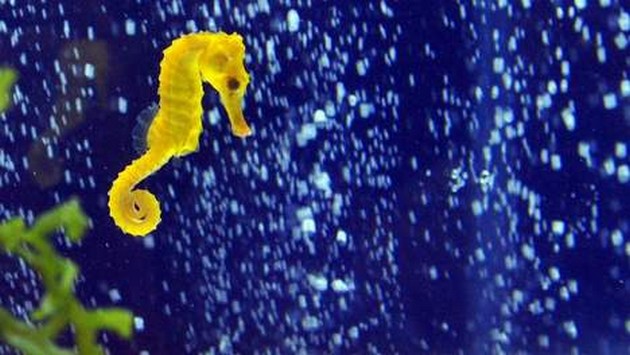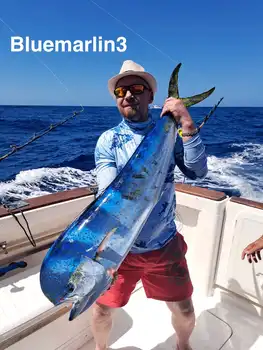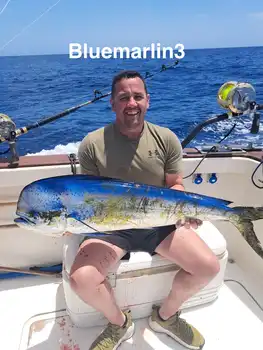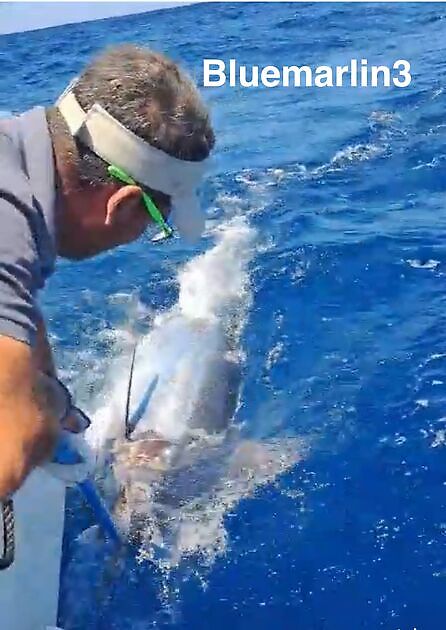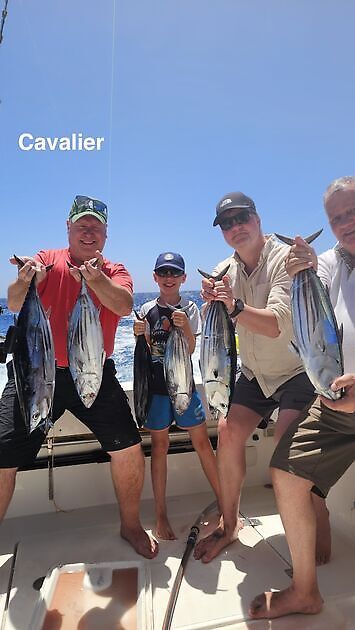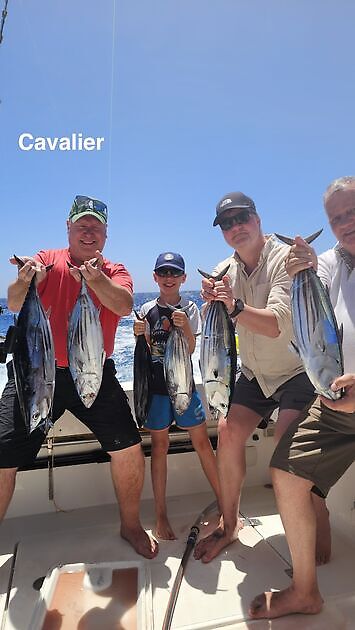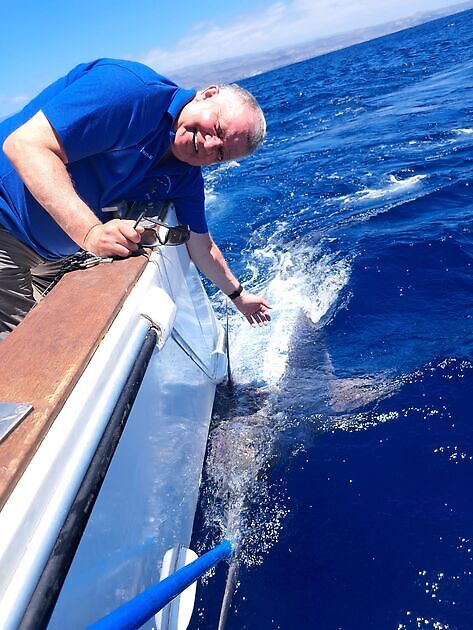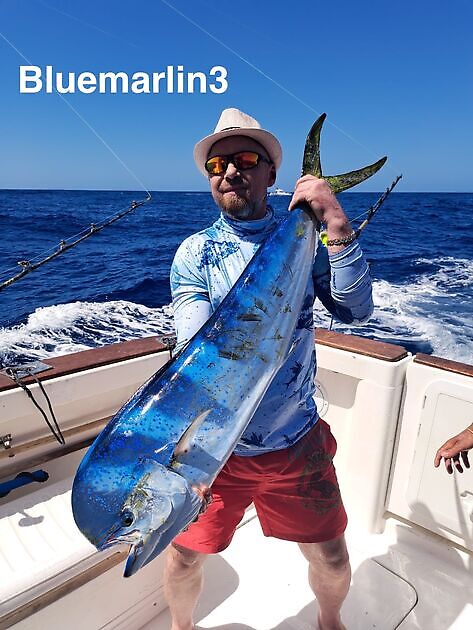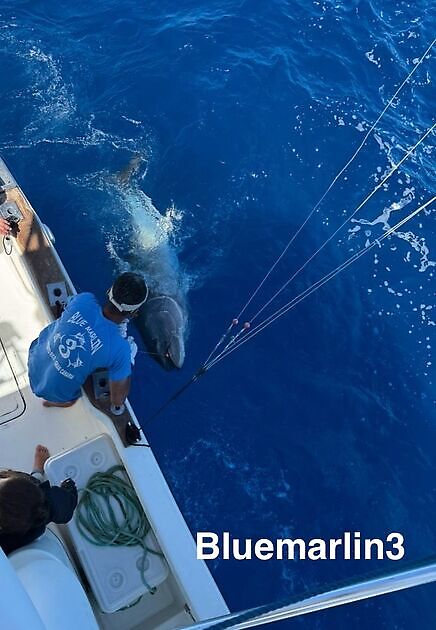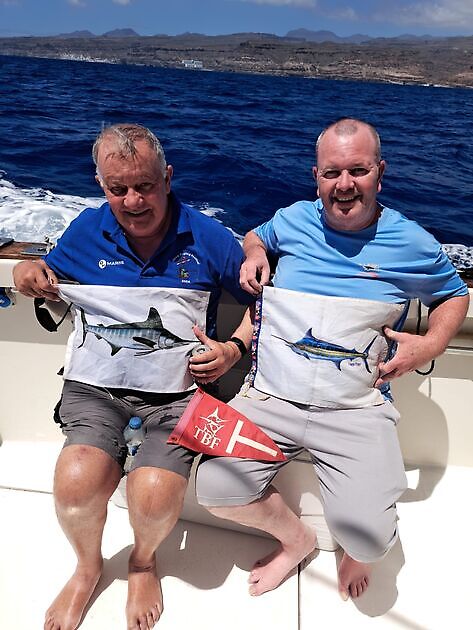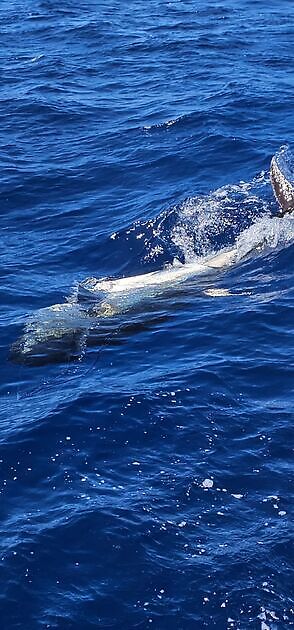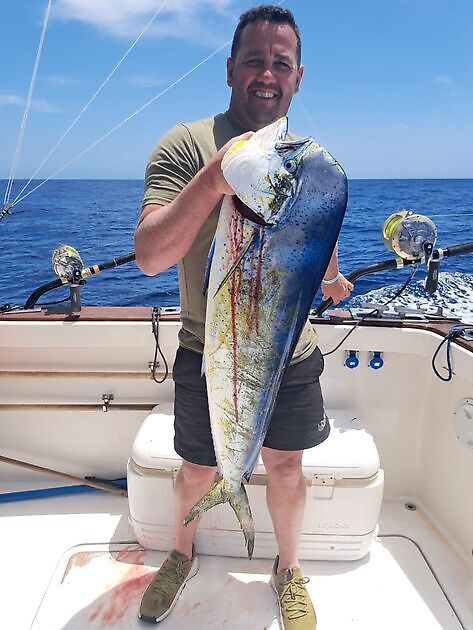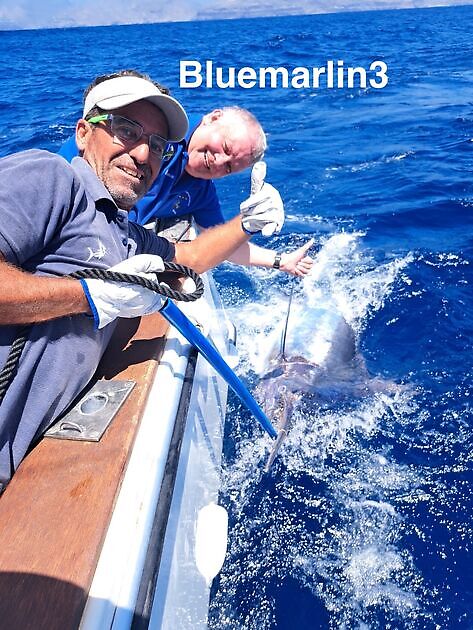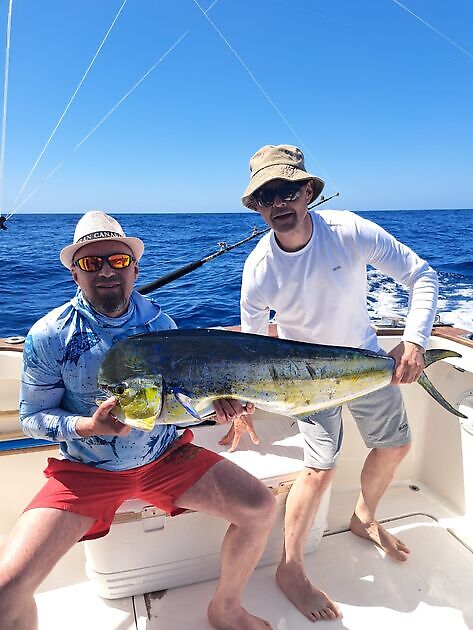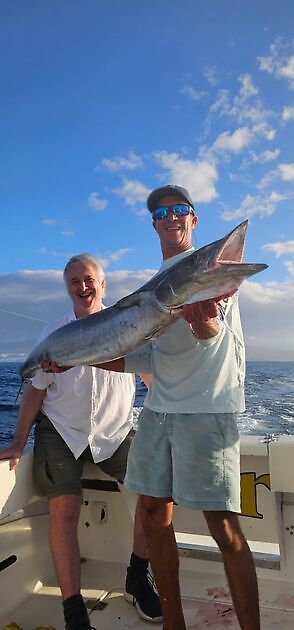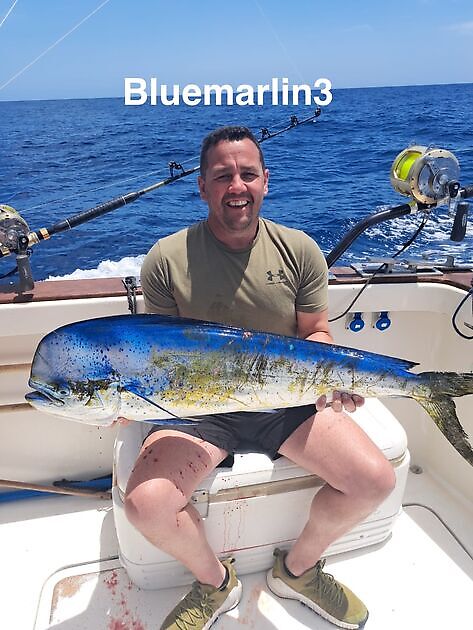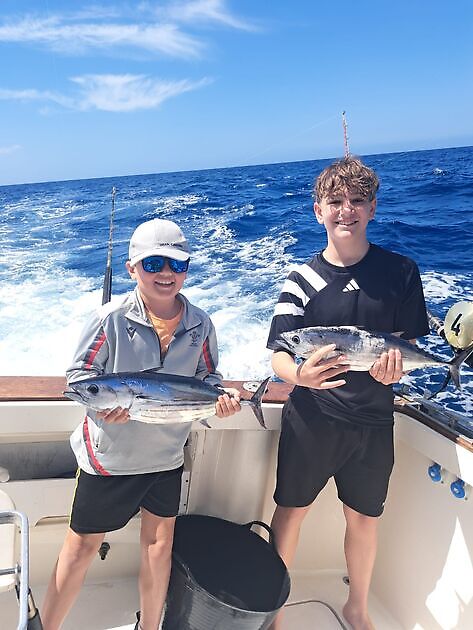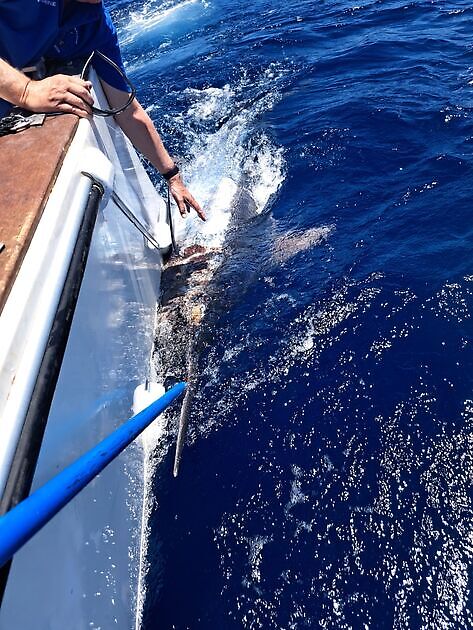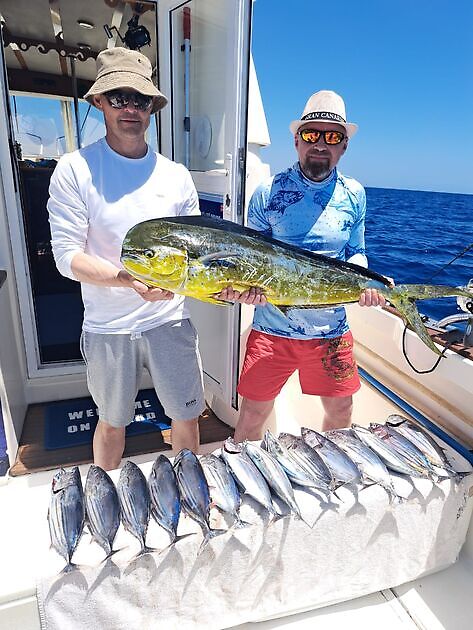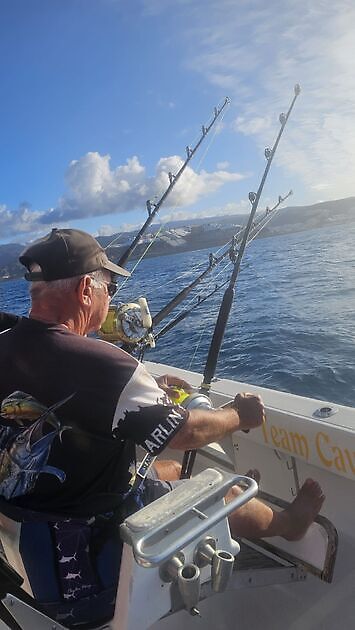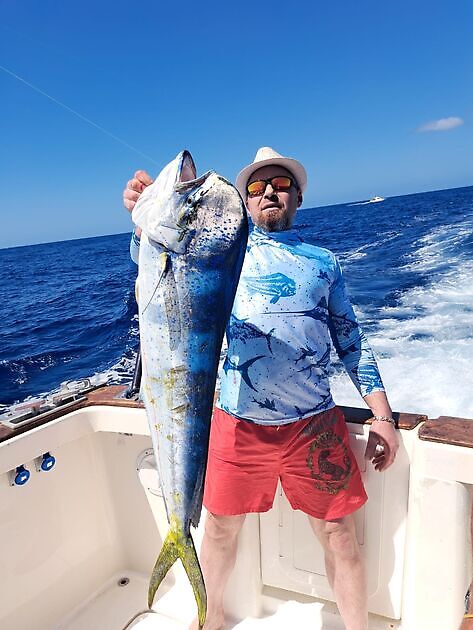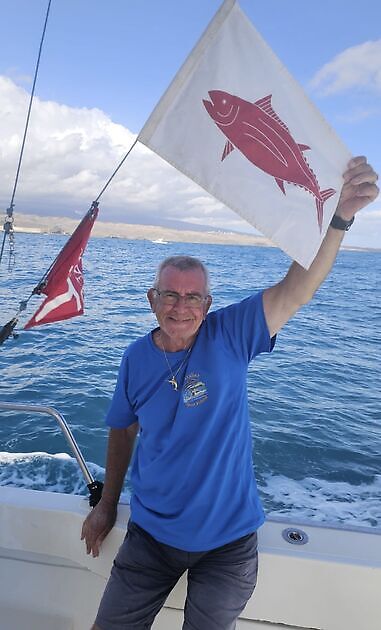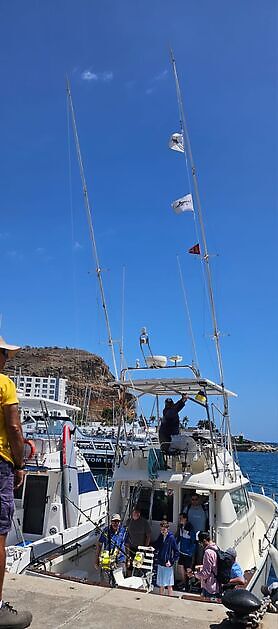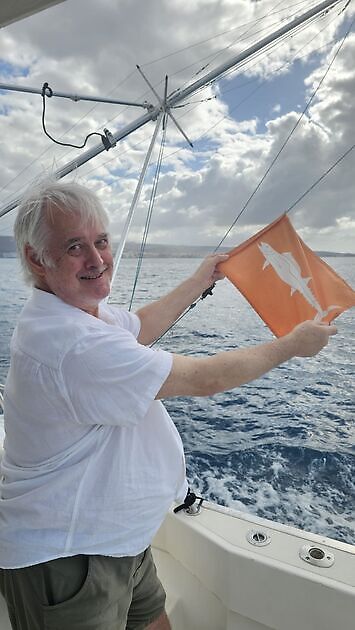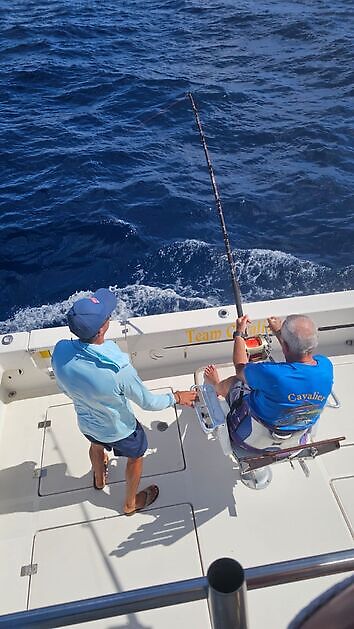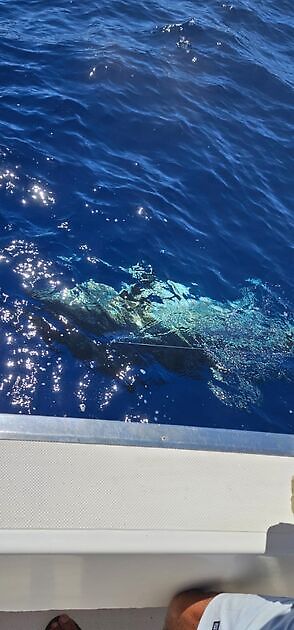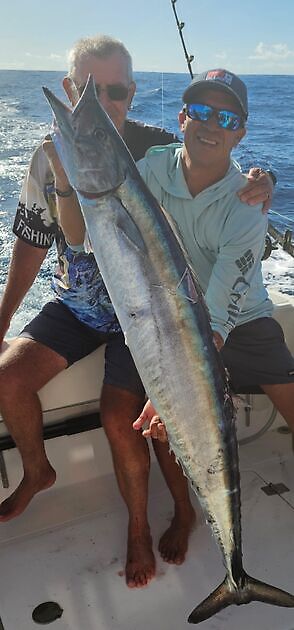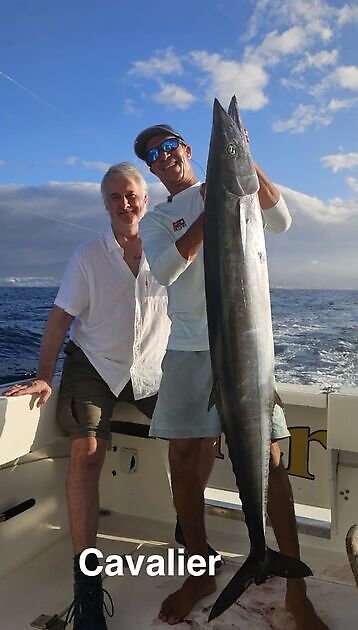Morphology of seahorse head hydrodynamically aids in capture of evasive prey
Morphology of seahorse head hydrodynamically aids in capture of evasive prey
Written by:
Hans Kruit, 27 November 2013
Syngnathid fish (seahorses, pipefish and sea dragons) are slow swimmers yet capture evasive prey (copepods) using a technique known as the ‘pivot’ feeding, which involves rapid movement to overcome prey escape capabilities.
However, this feeding mode functions only at short range and requires approaching very closely to hydrodynamically sensitive prey without triggering an escape. Here we investigate the role of head morphology on prey capture using holographic and particle image velocimetry (PIV).
We show that head morphology functions to create a reduced fluid deformation zone, minimizing hydrodynamic disturbance where feeding strikes occur (above the end of the snout), and permits syngnathid fish to approach highly sensitive copepod prey (Acartia tonsa) undetected.
The results explain how these animals can successfully employ short range ‘pivot’ feeding effectively on evasive prey. The need to approach prey with stealth may have selected for a head shape that produces lower deformation rates than other fish.
Hans
source: Nature.com
Would you like to read more blog posts? Go to the page Latest News.








